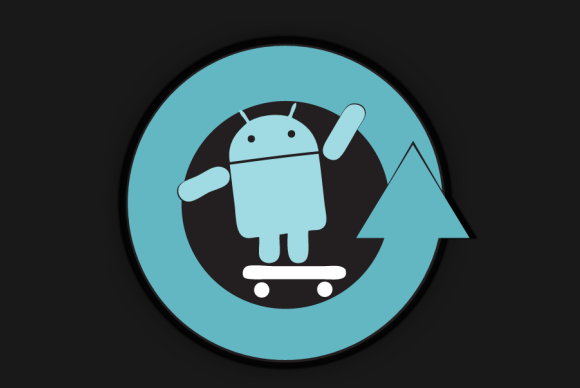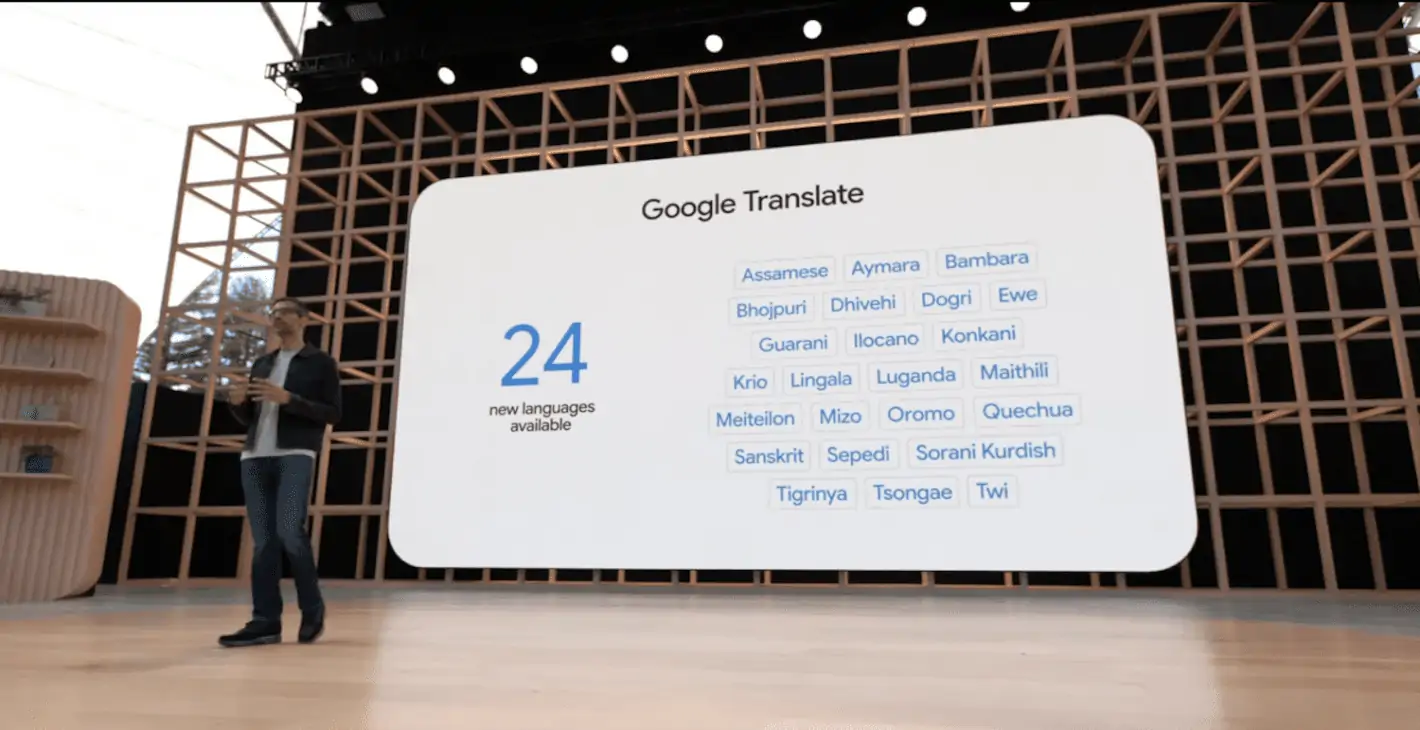en custom Android ROM maker Cyanogen announced its plans to start a full-fledged company, the announcement was big news for its open-source operating system, CyanogenMod. The tightly-knit group of ten developers who worked hard on creating their own version of a “better Android” finally had a chance to deliver on that promise on a large scale.
On the surface, Cyanogen’s story sounds like a typical tale of rags to riches: A small team of hacking coding enthusiasts work long days nights, passionately slaving away at their popular, rebred version of Android, when all of sudden a few gracious investors appear out of nowhere throw $7 million of funding its way.
Even with the funding, Cyanogen has a long way to go before it can be considered a major mobile platform. For now, it’s focusing on key efforts, such as getting a phone preloaded with its software into the hs of consumers. It hopes that the goal of making Android more adaptive useful will resonate with phone buyers.
From free to funded

On the surface, Cyanogen looks like any other stock version of Android (click to enlarge).
Cyanogen’s product, CyanogenMod, is a custom ROM—a forked version of Android, or, in other words, an operating system built directly on top of ‘s open source code. To install it, first you have to “root” the device that you currently own—gain access to its root files— then you can “flash,” or install, Cyanogen’s version of Android on top of your Android phone’s existing operating system. Since its debut, more than 10 million installations of the OS by enthusiasts have occurred.
The OS debuted in 2009, a year after Android’s initial release. It appeals not only to code tinkerers, but to anyone who wants to try an Android different from what , Samsung, HTC, are offering.

Change even the most minutae aspects of the interface with CyanogenMod.
The popular ROM maker announced its plans to become a company late last summer. Initially it planned to release an app in the ay Store that would streamline the process of installing CyanogenMod onto your phone, but put the kibosh on that, since the app would have actively encouraged users to void their warranty.
Still, Cyanogen pressed on with securing funding. It raised $23 million toward the end of last year, in addition to the $7 million it received in September from chmark Capital Redpoint Ventures. The company hopes to eventually surpass both ndows one BlackBerry to sit comfortably as the number three mobile operating system in the world. That’s a lofty goal for any company, but at this late stage in the mobile OS wars it’s an absolute gamble.
“‘re users, building things for users”
 IMAGE: Homnick
IMAGE: HomnickIn our email exchanges, the challenge of warring against the plethora of other forked versions of Android mobile operating systems didn’t seem to faze Steve Kondik, the founder of Cyanogen, Inc. Though CyanogenMod has been geared toward a more advanced subset of users, the underlying goal is to make it accessible to anyone, even “normal” people, he explained.
“There are two goals here,” began Kondik. ” want to kind of spread the idea that it’s okay to change the OS on your phone the software that your phone runs. That should be the norm, not the exception.”
He later added that he hopes consumers can learn to trust their technology again. ” are open source we are users building things for users. It’s easy to see what we are doing. Nobody has any idea what’s happening behind the scenes on some of these devices. Having the ability to maintain control of your data is empowering.”
Kondik also hopes to ease concerns about having open-source software on a device. “CyanogenMod often gets a bad rep about stability because we do nightly builds that are available to everyone, there is also an enormous number of ‘unofficial’ CyanogenMod builds out there that have zero quality control.” Kondik stressed that changes to its release process over the next few months will help solve that problem.
“A lot of the reason why we’re doing this is because many segments of the whole smartphone scene have just become sleazy…’re trying to fix that situation. ‘re trying to really build something that is about the user.”
A phone that’s all your own

Because Cyanogen wanted to have control of both the OS the hardware, it partnered with Chinese smartphone manufacturer Oppo Electronics to build its first hset. Oppo strongly supports the custom ROM scene.
“Oppo has their own ColorOS, but they also like the diversity of what’s happening in the aftermarket,” explained Kondik. Oppo contacted Kondik right after Cyanogen had closed its Series A funding. It was then that the two set out the blueprint for collaboration.
Rather than release an entirely new line of hsets, Cyanogen convinced Oppo to market a specially bred version of the existing Oppo N1 smartphone with CyanogenMod loaded onto it. “It was a very straightforward way for us to really focus on the software without having to deal too much with the manufacturing side of it,” said Kondik. The N1 sells for $600 unlocked, , as an added bonus, users can freely “flash” between CyanogenMod the usual ColorOS.
tting together this package was a new challenge for the Cyanogen team. eviously, they had worried only about releasing free code for their loyal followers, who are all hobbyists. But since Oppo is selling the hsets for profit, Cyanogen had to ensure that the finished product was flawless. “There’s lots of edge cases that you have to take care of,” said Kondik. “In the custom ROM community people are a little more tolerant to get the most bleeding edge thing on their device, but when you’re trying to ship a real product you’ve really got to nail those edge cases…make sure things don’t crash.”

The specially-bred CyanogenMod version of the Oppo N1.
The N1 had its own outsting bugs, but for the most part the team was able to get the work done without hitting any walls. “Oppo was awesome about providing [code] so that we could do our own software implementation as open source allow the rest of the world to tinker with it too.”
Cyanogen is also partnering with Oneus, a nascent startup that has committed to developing CyanogenMod-specific hardware. Kondik believes that it’s the beginning of a “perfect storm” for the company. “There is the old saying that it takes 10 percent of the time to get 90 percent finished,” wrote Kondik. “‘ve been so focused on going forward that our 10 percent was quite a challenge, but now we’ve got it we’re ready to do something that has a broader appeal that is truly focused on the end user.”
The road ahead

Cyanogen has always been an advocate for open software, though the philosophy has been well received among a niche group of hardcore enthusiasts, it won’t necessarily translate over to mainstream users. Consumers already feel betrayed because of the fact that companies have so much access to their data the idea of an even more open mobile OS could scare them off.
eting is another issue: Oppo is a manufacturer based in China, while Oneus is a newcomer. For Cyanogen to really gain market appeal in the United States, it has to gain some clout with the carriers, while also focusing on distribution market share in emerging markets. It would be just as beneficial if it partnered with a bigger hardware manufacturer, such as or Samsung, but it’s unlikely that either company would support such a venture.
Throughout our back–forth correspondence, Kondik reiterated that the goal was to make “the hard things easy, adaptive, beautiful. Our goal is to appeal to a broader audience while still having the same appeal to geeks like ourselves.”
For now, the special-edition Oppo N1 remains geared for the Chinese smartphone market, though other projects are in Cyanogen’s pipeline. “‘re going to do a minor rebring for the mass market because CyanogenMod doesn’t exactly roll off the tongue.”
Kondik can’t reveal too much about what lies ahead, but he isn’t short on enthusiasm. “Our plan is to stay true to our roots,” he added. ” have some very strong long-term concepts that we’ll be revealing soon enough.”



















